
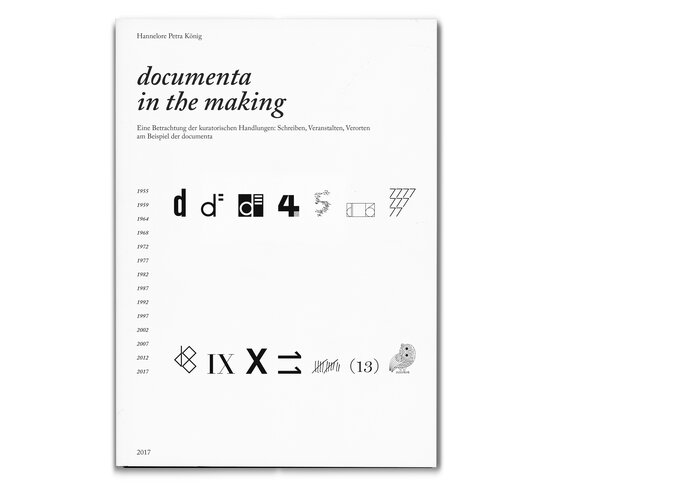
© Hanne König

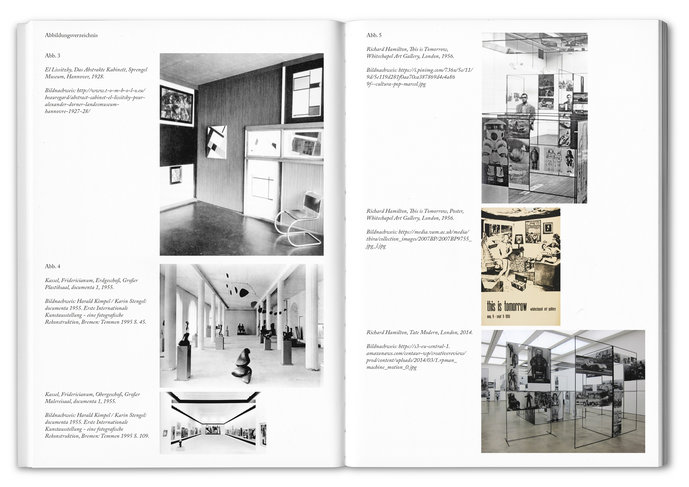
© Hanne König

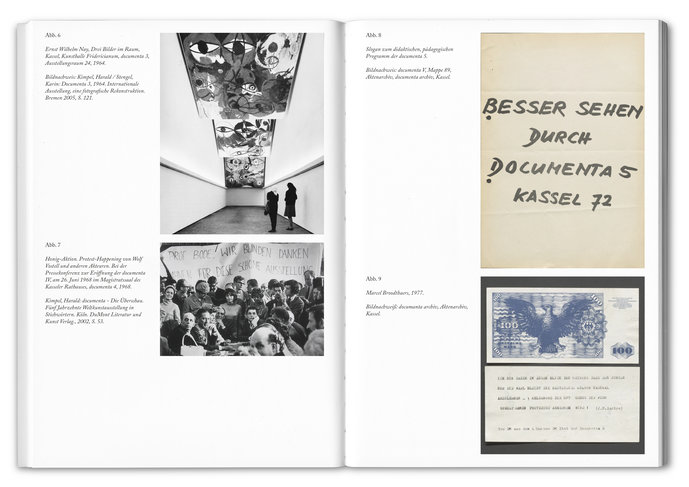
© Hanne König


© Hanne König

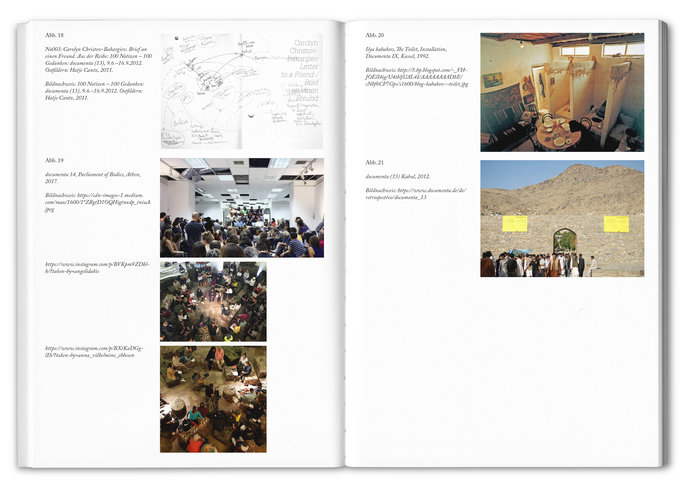
© Hanne König

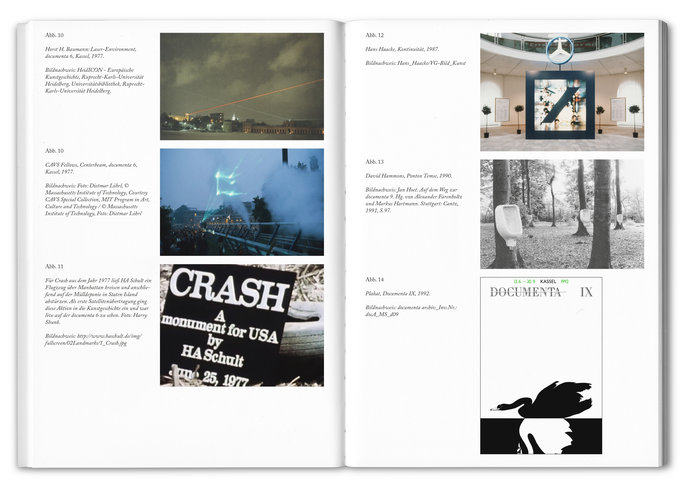
© Hanne König
With an explicit focus on political events, the documenta 14 team revisits the question of the relationship between art and politics, something that has been the subject of negotiation since the classical modern. The decision for documenta to re-open this discussion, takes us back to its founding motive. In contrast to other biennials or other exhibitions series whose idea is to continue a global exhibition as a way of summarising new tendencies in art, is only partly applicable for the documenta. A crucial factor for its founding in 1955 was a specific historical time of cultural infirmity, described by Carolyn Christov-Bakargiev as “trauma” and formulated by Adam Szymczyk recently as “urgency”. There was a necessity to re-negotiate a new society in the political,the economic as well as the cultural sense. The claim within the moment of origin of the documenta generated the momentum to keep creating follow-up exhibitions that on the one hand repeat the political and societal relevance of 1955, and on the other, remain the largest world art show seismographs of current artistic developments that set the standards for exhibition concepts. Whichever and however many diverging demands each respective documenta has tried to meet, or even managed to meet, it is clear in any case that it always presents itself as an engaged and “interested” exhibition. According to Juliane Rebentisch, the political use of “interested” art always runs the risk of to reproduce a common sense and to undermine the real complexity of the given present situation. Such a political orientation is always suspected of drifting into the ideological or “contentism”.
Hanne König’s master’s work looks at the process of the curatorial conception of all previous documenta exhibitions, focussing on public relations, interviews and the various publications and events that appeared to track, trace and to re-construct in the course of preparing for the exhibition.